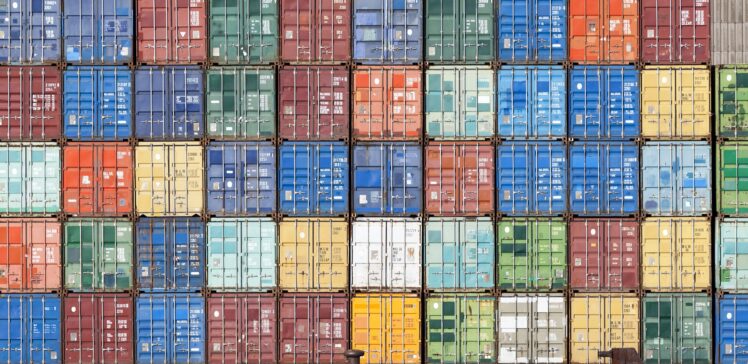DCSA (Digital Container Shipping Association)

DCSA is an impartial, non-profit organization established in line with the joint decisions of the leading lines of the industry, aiming at digitalization in container transportation.
Maersk, CMA-CGM, Hapag-Lloyd, MSC, and ONE, the DCSA’s founding members, have mapped the processes widely utilized in container shipping from Carrier Booking to Container Return to develop a common view throughout the industry. Carriers are expected to begin adopting this standard now and align to it in the future when delivering additional digitization and standardization activities in the sector.
As a result of these studies, it is aimed to develop effective and universally adaptable methods. It is planned to create frameworks for innovations by bringing solutions to the sector. Thus, transparent, reliable, easy-to-use, safe, and environmentally friendly container transportation services can be provided. DCSA has free open source standards that anyone can use. This powerful software is powered by industry stakeholders and DCSA member carriers. In the development of the software, data from different sectors and various technology experts were used, and the software was developed based on various inputs.
To provide standards and regulations in container transportation in order to reduce investment risk, increase operational efficiency, increase the level of security and catch up with technological innovations
– Ability of all stakeholders to achieve the same standards in all processes and speak the same language
– To standardize the integration of all systems used with each other
– To ensure efficient communication by standardizing the data exchanges of the stakeholders
– DCSA Information Mode: In this mode, the contact format between ship operators and owners, ports, terminals and warehouses is standardized. In addition, the forms of communication between container yards, internal logistics companies, third-party customs, shipyards and customers are also standardized
To be done of technology investments by all stakeholders at this value within the scope of compliance with published regulations.
– IOT – Internet of Things, supporting blockchain investments
– Providing uninterrupted service to the customer by using the latest technologies in the industry (IOT, Blockchain)
Monitorising of the supply chain (in the door-to-door transport transaction) without blind spots. To provide uninterrupted and transparent information about where the container is, at what stage and its status
To determine the standards about the operation of vessels.
The blueprint for container shipping sector
The IBP (Industry Blue Print) contains suggested current state standards for container transportation processes
The Industry Blueprint is the outcome of a collaborative and iterative endeavor that brought together key stakeholders and subject matter experts from DCSA members to share their non-commercial container transportation operations.

It was possible to identify common and conflicting processes among carriers, and a baselined standard was created. All carriers vetted, aligned, and agreed to this. The IBP is the first product of this project that has been made public.
The Container Journey Industry Blueprint specifies recommended container transport standards for processes, milestones, and communications. It contains high-level process maps for three different kinds of journeys: shipment, equipment, and vessel. IBP also demonstrates how to handle exceptions.
$4 billion saving is possible with eBL
DCSA conducted a study on electronic bills of lading and found that an annual $4 billion saving is possible.
On the blockchain, eBLs can be digitally signed. Since there are multiple copies of the data in this system, it is very difficult to hack the system, even close to impossible. Therefore DCSA (Digital Container Shipping Association) states that it will provide security with distributed ledger technology (DLT) and envisions maximum security in BL operations.
According to the conducted research about the benefits of utilizing an eBL, processing paper bills was three times more expensive than processing eBLs. The report shows that if 50% of the market implements eBL, the transportation industry could save $4 billion per year. The DCSA hopes to meet this goal by 2030. When it comes to air freight, the IATA developed e Air Waybills in 2010 and has a 68 percent usage rate today.
eBL looks set to be adopted globally. Tech infrastructure was the biggest hurdle in this regard and blockchain solved it. Now it’s the turn of governments, banks, insurers, and other stakeholders. eBL still needs time to pass global regulatory approval. If every part working with eBL uses the same infrastructure, that is, if eBL is accepted as a global standard, paper documents may become a thing of the past. Banks, insurers, and similar regulators can get rid of a huge and unnecessary burden.